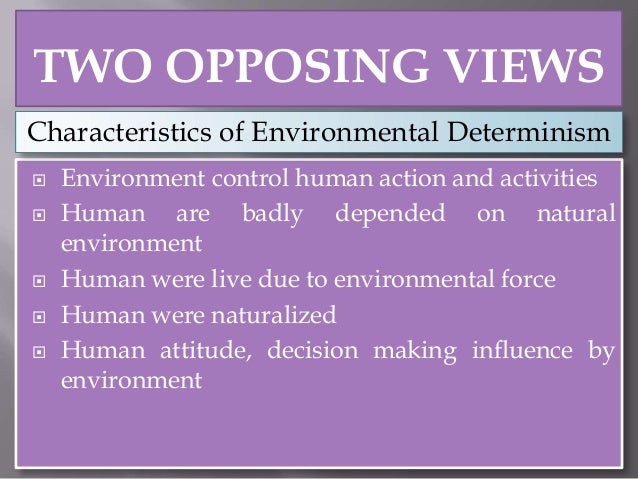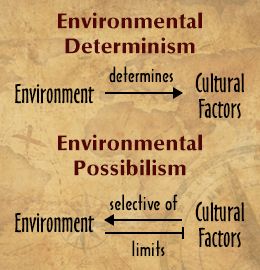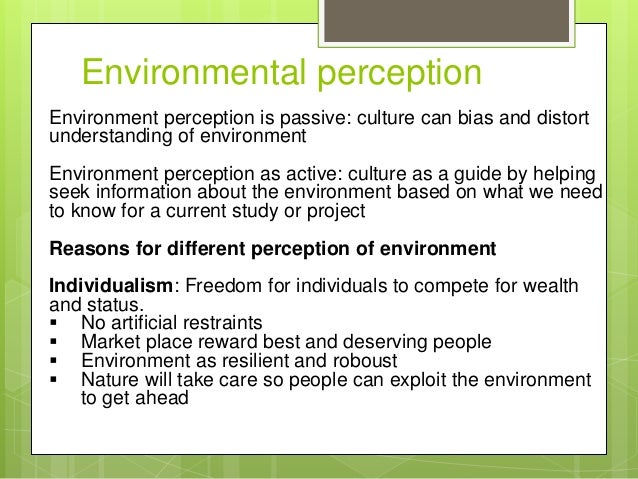


It is therefore argued that such spaces can be designed and created which are safe, comfortable, and welcoming. The dominant thinking however remains that successful spaces are ones in which people will want to spend time and behave in a socially acceptable way. This theory acknowledges the two-way relationship between user and environment: “what happens in any particular environment depends on those using it” ( Carmona et al., 2003: 106–107). It has been described as a sliding scale indicating that the worse (the design of) the environment, the more likely it is to adversely affect users.


This posits the idea that “in a given physical setting some choices are more likely than others” ( Carmona et al., 2003: 106) for example, most people choose to cross the road without walking directly in front of incoming cars. A counter-alternative to environmental determinism, environmental probabilism is a theory adhered to by many built environment theorists. A second theoretical approach has been proposed that suggests that humans do not simply respond directly to stimulus in a predictable way. While environmental determinism has been severely criticised, no theorist or practitioner would deny the influence, however small, that the environment has on human behaviour. Willy-nilly, ‘environment’ seems likely to evoke abiding interest. However, environment surrounds and touches all things, whereas ‘environmental determinism’ suggests ultimate limits to human aspirations. ‘Environmentalism’ covers many things, not least recurrent crusades to avert the spoliation of natural or cultural treasures (Manners and Mikesell 1974). Whatever our views, the environment is always with us: driven out the door, it comes back through the window. In such situations ‘geographical controls’ are real enough, and at the abstract conceptual level (presumably in conjunction with other and alternative concepts) environmental determinism has its analytical value. Buttimer ( 1993) affirms that ‘the most demanding challenge for the geographer today is how to incorporate nature and the biophysical environment in descriptions of context while avoiding the resuscitation of environmental determinism.’ Of course, with mind as well as matter involved in all human thought and action, a robotic response to environment is automatically excluded, but nevertheless ‘physical causation’ is an unavoidable fact, evident when an earthquake or hurricane strikes. However, if ideas be judged on their own merits, not pronounced ‘guilty by association’ but evaluated for potential insights, then ‘ environmental determinism’ cannot be dismissed out of hand. Lewthwaite, in International Encyclopedia of the Social & Behavioral Sciences, 2001 8 Environment Remainsĭoubtless many a component-eurocentricity, imperialism, nationalism, racism, class, and other interests-have been involved in origin and expression.


 0 kommentar(er)
0 kommentar(er)
